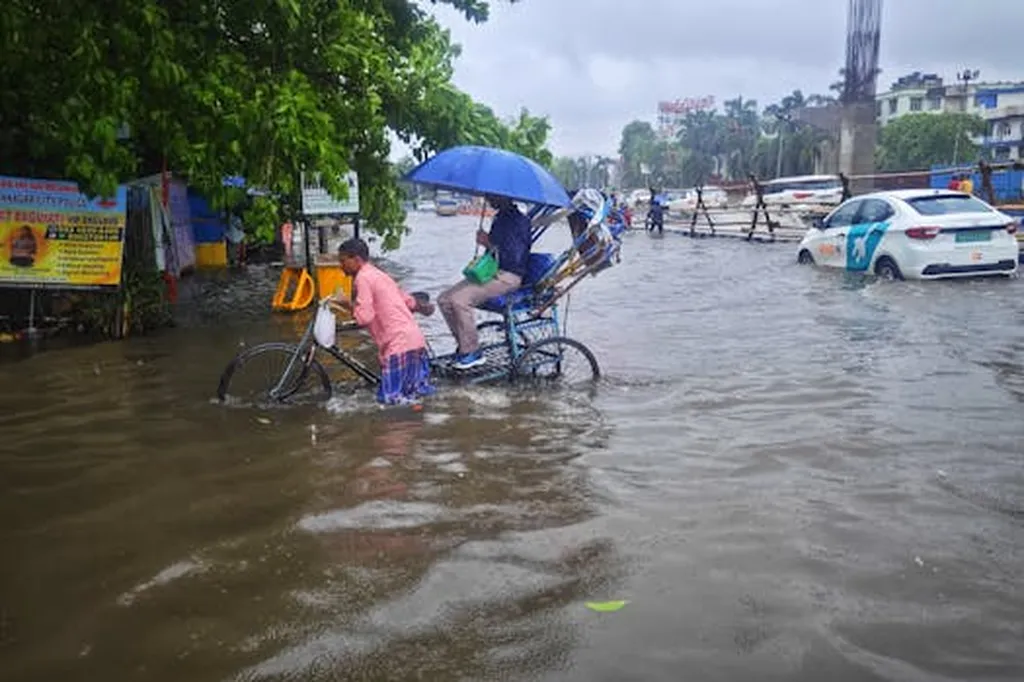In the heart of the Great Lakes region, where climate change is set to intensify flooding, a groundbreaking study is shedding light on the unsung heroes of urban stormwater management: prairies and wetlands. Vivien Rivera, a researcher from the Department of Civil and Environmental Engineering at Northwestern University, has been delving into the ecohydrological dynamics of Gensburg Markham Prairie (GMP), a sprawling prairie-wetland complex nestled in the south suburbs of Chicago. Her work, published in the journal ‘Water Resources Research’ (which translates to ‘Water Resources Research’ in English), is not just about understanding nature—it’s about harnessing it to protect our cities and infrastructure.
Rivera’s research reveals that urban greenspaces like GMP play a pivotal role in stormwater storage and retention. By deploying a sophisticated sensor network, she and her team have been able to monitor the intricate hydrological interactions between upland prairies and low-lying wetlands. The findings are striking: the prairie’s rapid infiltration capabilities during and after storm events create a subsurface flow that stores significant amounts of water, effectively flattening storm hydrographs and extending the wetland hydroperiod.
“This means that the prairie is not just a passive recipient of stormwater but an active participant in managing it,” Rivera explains. “It’s a dynamic system that can help mitigate the impacts of heavy rainfall on urban infrastructure.”
The implications for the energy sector are substantial. Urban flooding can disrupt power supply, damage infrastructure, and lead to costly outages. By integrating greenspaces like prairies and wetlands into urban planning, cities can enhance their resilience to extreme weather events, ultimately safeguarding critical energy infrastructure.
Rivera’s study highlights that a significant portion of the stormwater input to GMP originates from the surrounding cityscape. This means that the prairie-wetland system is not only storing water but also slowing down and reducing stormwater discharge to downstream urban communities. For a typical 5-year 24-hour storm with 10.9 cm of rain, GMP stores an impressive 77,100 cubic meters of water, 64% more than the estimated direct rainfall volume onto the prairie. This results in 30,000 cubic meters of offsite stormwater storage, a testament to the power of nature-based solutions.
As climate change continues to challenge our cities, the insights from Rivera’s research could shape the future of urban planning and stormwater management. By embracing and integrating natural ecosystems into our infrastructure, we can create more resilient and sustainable urban environments.
“This research is a call to action,” Rivera emphasizes. “It’s time to recognize the value of urban greenspaces and incorporate them into our strategies for managing stormwater and adapting to climate change.”
In a world where the impacts of climate change are becoming increasingly evident, Rivera’s work offers a beacon of hope. By understanding and leveraging the ecohydrological dynamics of urban prairies and wetlands, we can build cities that are not only resilient but also harmonious with nature.

